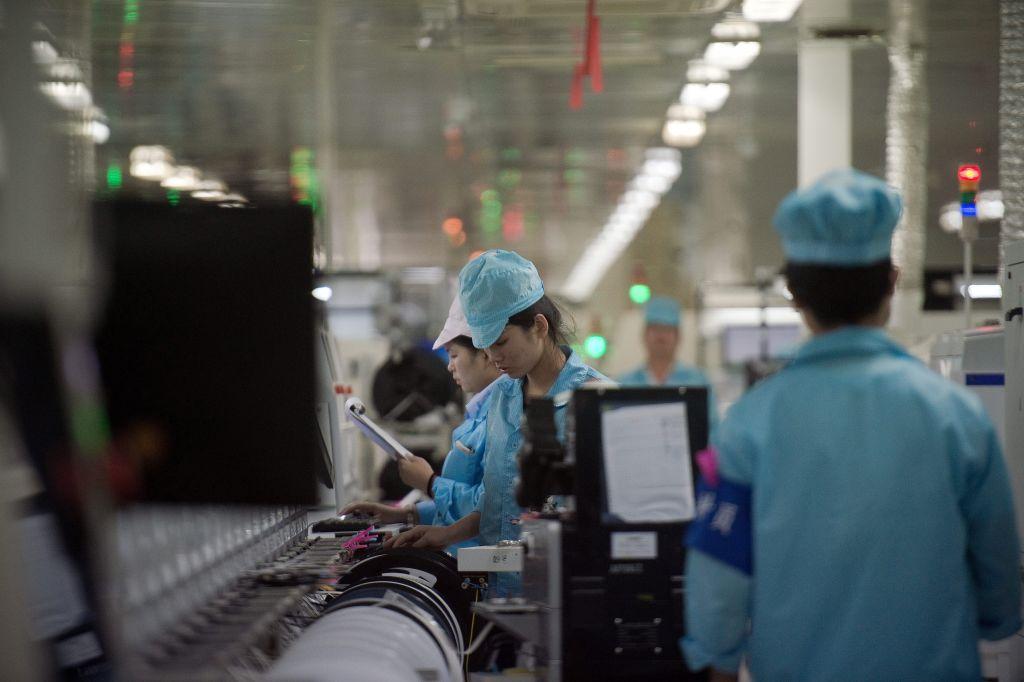News Analysis
During the Cold War, around half of the world ran on the technologies, machinery, and political ideologies developed by the Soviet Union. The other half—the free world—adopted those of the United States and its allies.

During the Cold War, around half of the world ran on the technologies, machinery, and political ideologies developed by the Soviet Union. The other half—the free world—adopted those of the United States and its allies.